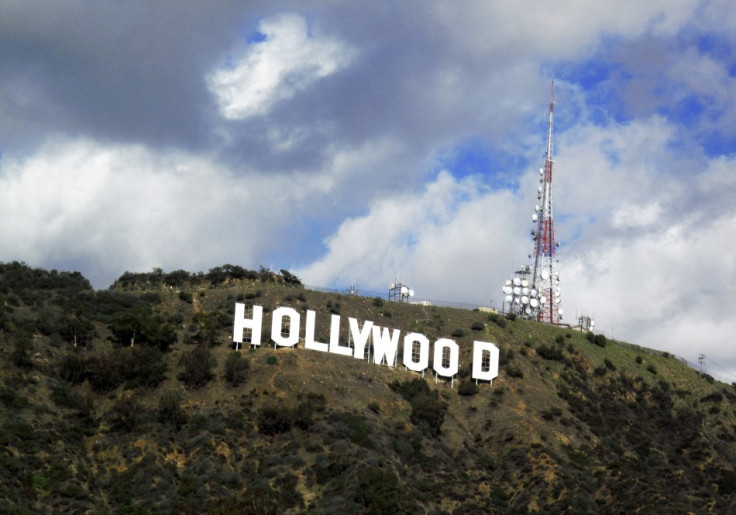Hollywood is 'straight, white and male' says University of Southern California diversity study

This year's Oscar awards are a symptom of how non-inclusive Hollywood is according to a new study by the University of Southern California, which has accused the industry of an "epidemic of invisibility" for minorities, women and the LGBT community.
There are more white people, more men and more straight people in films and on TV than there are in the general population, found the study by USC's Annenberg School for Communication and Journalism.
"The film industry still functions as a straight, white boy's club," the study states.
The study, Inclusion or Invisibility? Comprehensive Annenberg Report on Diversity in Entertainment, found just one third of speaking characters were female (33.5%), despite the fact that women represent just over half the population in America. Only 28.3% of characters with dialogue were from non-white racial/ethnic groups, though such groups are nearly 40% of the American population.
Only 7% of films presented casts with a balance of race and ethnicity that reflected the country's diversity.
Among some of the most extreme findings: There are very few roles for women over 40; white gay men far outnumbered any other kind of LGBT person on TV; only two black women directed a major-distributor movie in 2014. And Hispanics made up just 5.8% of characters, despite being about 17 % of the population.
"We're seeing that there's not just a diversity problem in Hollywood; there's actually an inclusion crisis," Stacy Smith, one of the study's authors told NPR in an interview. "I think we're seeing, across the landscape, an erasure of certain groups: women, people of colour, the LGBT community. This is really [an] epidemic of invisibility that points to a lack of inclusivity."
The USC report examined some 21,000 roles and the workers and managers behind the scenes in 109 major-studio movies released in 2014 and 305 scripted TV and cable shows and streaming services released from September 2014 to the end of August 2015.
It examined the gender, race and sexual orientation of characters with speaking roles, the gender and race of directors and writers for movies and TV premiere episodes, and the gender of top-level executives at major entertainment companies. It also assigned "inclusivity ratings" to each studio, most of which failed by nearly every standard.
For every non-white character on screen in a widely distributed TV show or movie, there were roughly 2.5 white roles, the study found. For every non-white director, there were roughly 6.7 white individuals, while just 2% of characters were identified as LGBT.
For every female character speaking or named, there were two male characters. For every female director, there were 5.6 men. For every female executive at Hollywood studios, there were four men.
The study also found that female characters were four times more likely to be shown in sexy garb, three times more likely to exhibit some nudity, and nearly four times as likely to be referred to as physically attractive.
Film generally lagged behind TV when it came to racial and gender diversity. Streaming services were more inclusive in some areas (such as transgender characters), and less in others (female directors).
For all of its reputation as a bastion of liberal politics, Hollywood fits right in with far more conservative industries. Arts and entertainment comprised the third-whitest employment sector, nearly as white as the legal profession and social sciences, according to 2015 US census data. A study of the Fortune 250 in 2013 found that in top companies across the economy, only 18.5% of board-of-director members were female — compared with 19% found in the USC Hollywood study.
There were some outliers in the study. Sony and Viacom managed to release movies in which the percentage of non-white characters basically matched the US population. Among TV distributors, Disney, the CW, Viacom, and Hulu each received some "fully inclusive" scores. Hulu achieved full gender parity on screen and also matched the percentage in the US population of minorities.
© Copyright IBTimes 2025. All rights reserved.






















